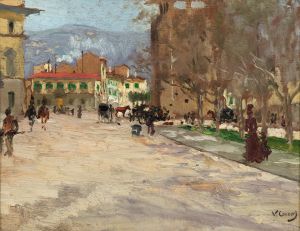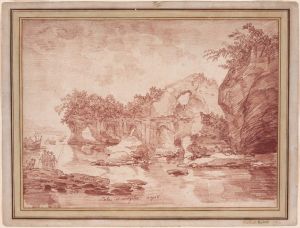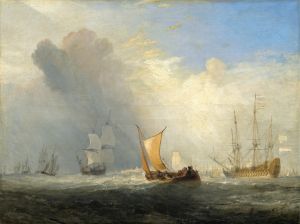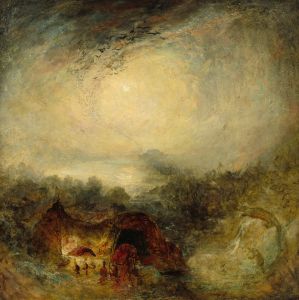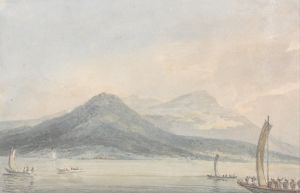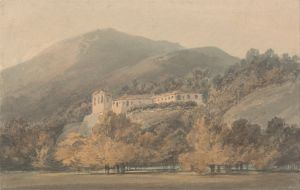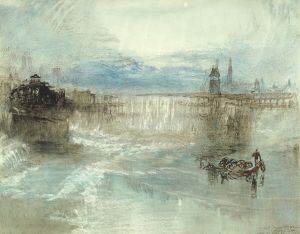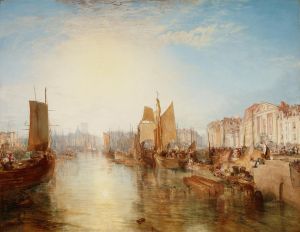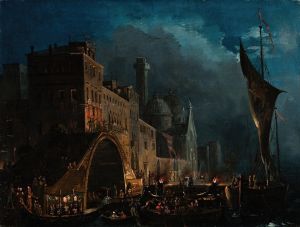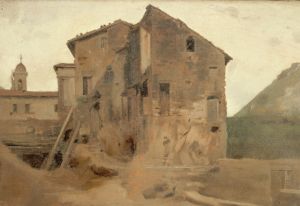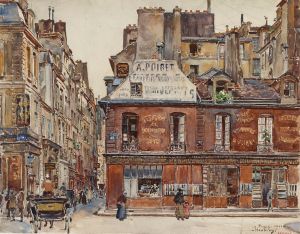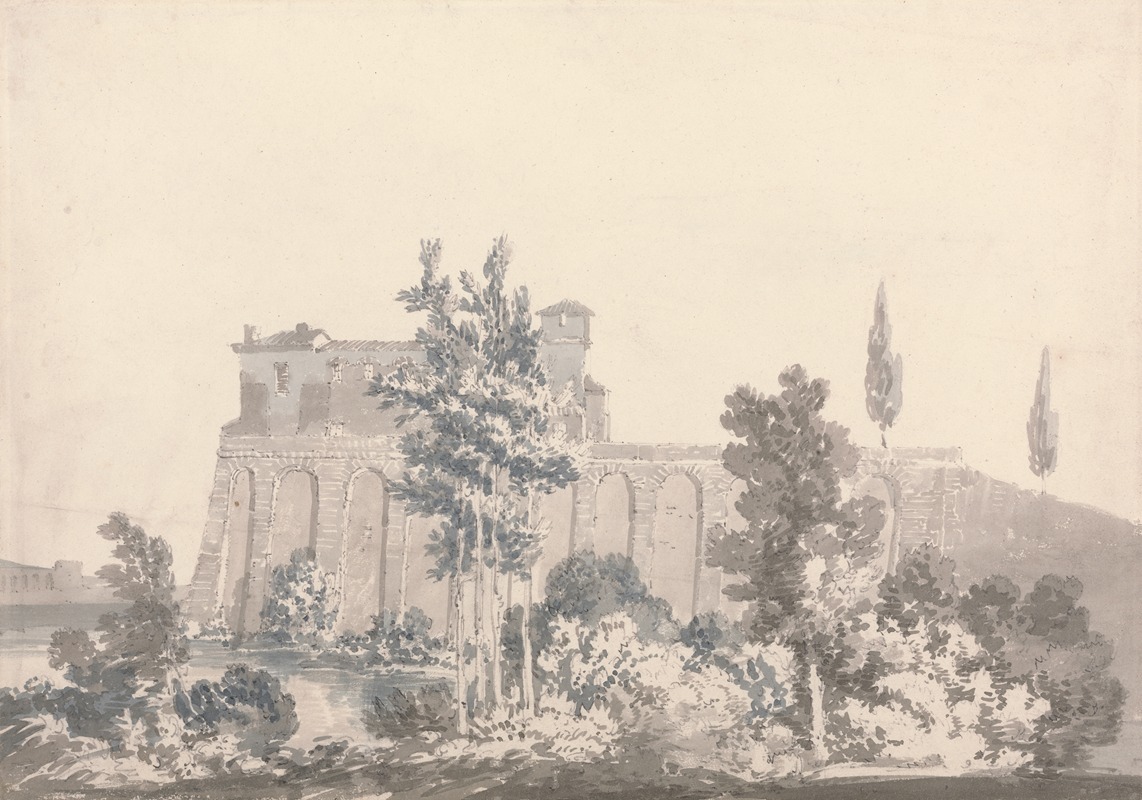
Buildings Overlooking Water, near Naples
A hand-painted replica of Joseph Mallord William Turner’s masterpiece Buildings Overlooking Water, near Naples, meticulously crafted by professional artists to capture the true essence of the original. Each piece is created with museum-quality canvas and rare mineral pigments, carefully painted by experienced artists with delicate brushstrokes and rich, layered colors to perfectly recreate the texture of the original artwork. Unlike machine-printed reproductions, this hand-painted version brings the painting to life, infused with the artist’s emotions and skill in every stroke. Whether for personal collection or home decoration, it instantly elevates the artistic atmosphere of any space.
Joseph Mallord William Turner, an eminent British artist, is renowned for his expressive and atmospheric landscape paintings. One of his works, "Buildings Overlooking Water, near Naples," exemplifies his mastery in capturing the interplay of light, color, and nature. This painting is part of Turner's extensive oeuvre, which often features scenes of natural beauty and architectural grandeur.
Turner was born in 1775 in London and showed an early aptitude for art. He enrolled in the Royal Academy of Arts at a young age, where he honed his skills and developed a keen interest in landscape painting. Throughout his career, Turner traveled extensively across Europe, drawing inspiration from the diverse landscapes and cultures he encountered. Italy, in particular, held a special place in his artistic journey, providing a wealth of subjects that he would return to repeatedly in his work.
"Buildings Overlooking Water, near Naples" is believed to have been inspired by Turner's travels to Italy, a country he visited multiple times. Naples, with its stunning coastal views and rich historical architecture, offered Turner a perfect setting to explore his fascination with the effects of light and atmosphere. The painting captures a serene scene where buildings are perched near a body of water, likely the Bay of Naples, a frequent subject in Turner's Italian sketches and paintings.
Turner's technique in this painting reflects his innovative approach to capturing light and color. He was known for his ability to convey the transient effects of weather and time of day, often using a palette that emphasized luminosity and contrast. In "Buildings Overlooking Water, near Naples," Turner employs a delicate balance of warm and cool tones to evoke a sense of tranquility and harmony between the natural and built environments. The soft brushwork and subtle gradations of color create an ethereal quality, characteristic of Turner's mature style.
Throughout his career, Turner was celebrated for his ability to transcend traditional landscape painting, infusing his works with a sense of emotion and drama. His influence extended beyond his lifetime, impacting future generations of artists, including the Impressionists, who admired his innovative use of color and light.
While specific details about the creation and exhibition history of "Buildings Overlooking Water, near Naples" are limited, the painting remains a testament to Turner's enduring legacy as a pioneer of landscape art. His works continue to be studied and admired for their technical brilliance and emotional depth, securing his place as one of the foremost figures in the history of Western art.
Turner's contributions to the art world were recognized during his lifetime, and he was elected as a full member of the Royal Academy in 1802. His dedication to his craft and his relentless pursuit of capturing the sublime in nature have left an indelible mark on the art world, influencing countless artists and shaping the course of landscape painting.
In summary, "Buildings Overlooking Water, near Naples" is a quintessential example of J.M.W. Turner's ability to blend natural beauty with architectural elements, creating a harmonious and evocative scene. The painting reflects his deep connection to the Italian landscape and his innovative approach to capturing the ephemeral qualities of light and atmosphere.





